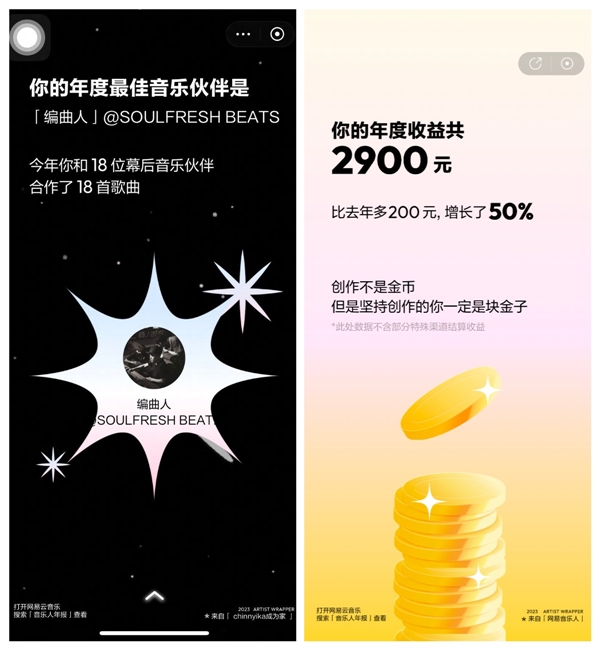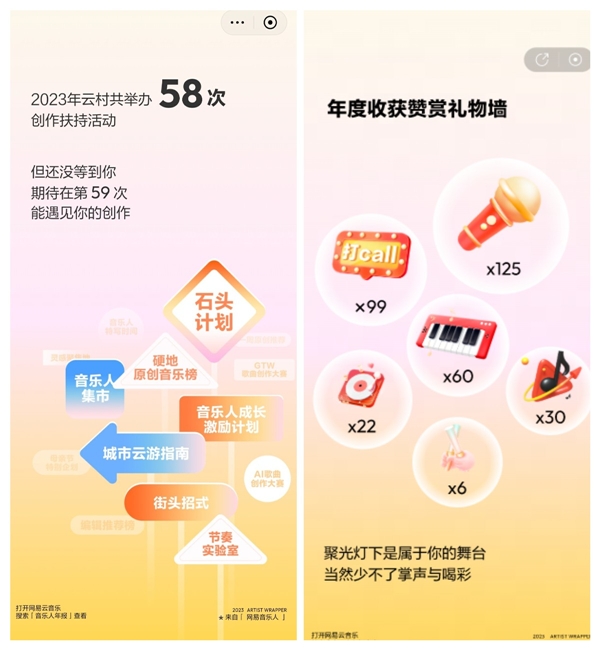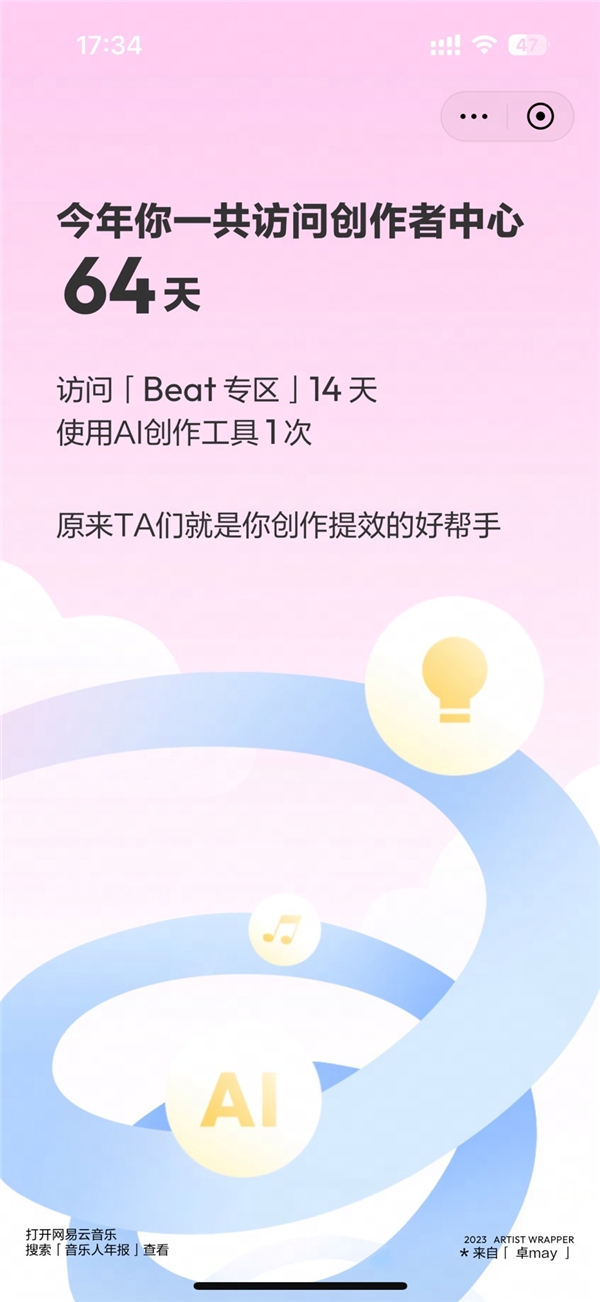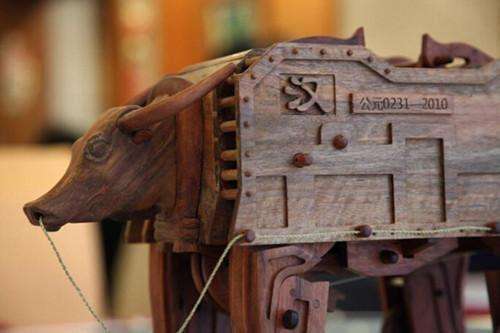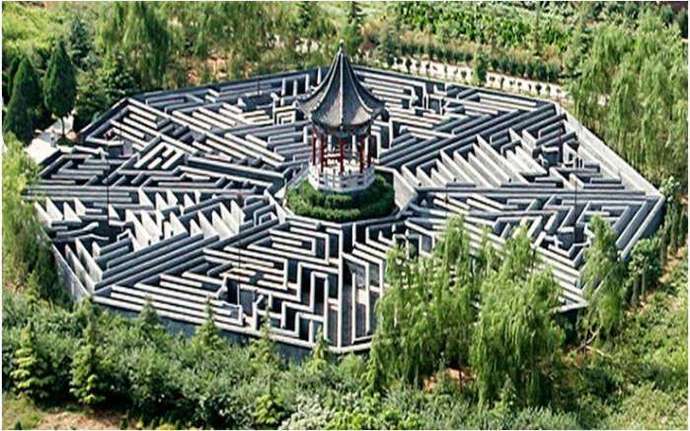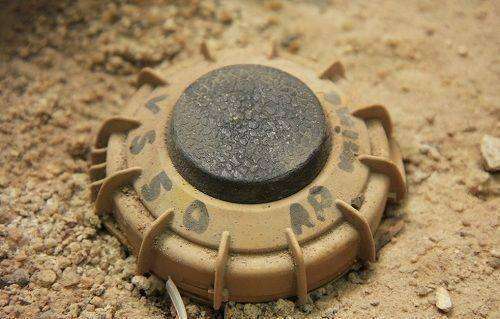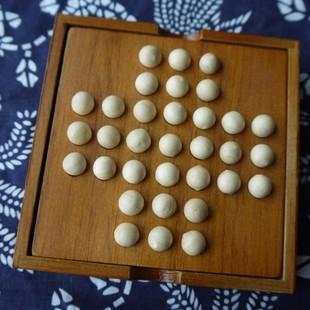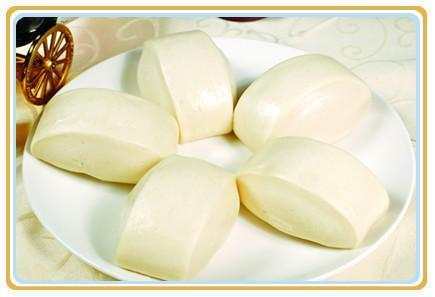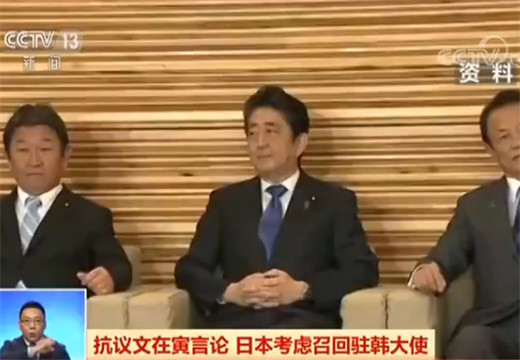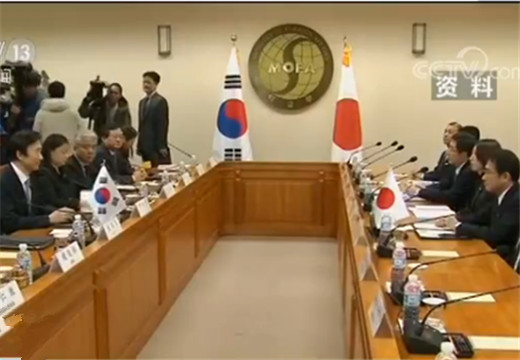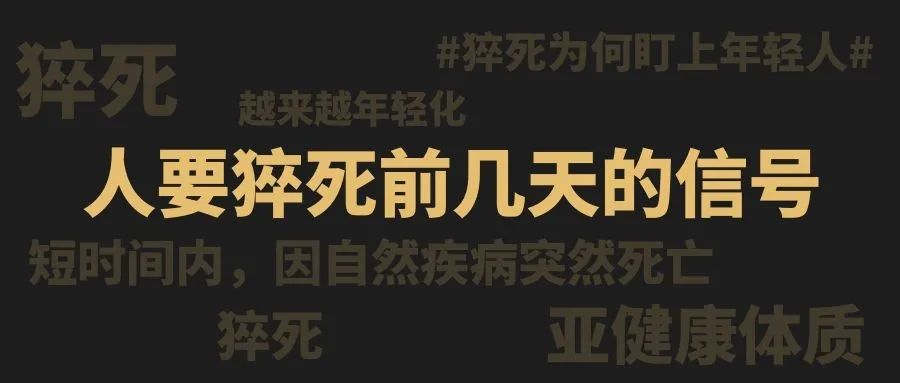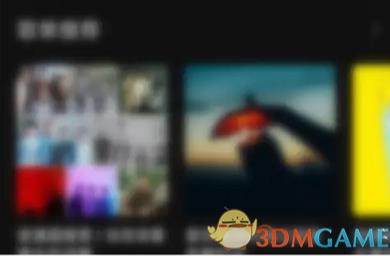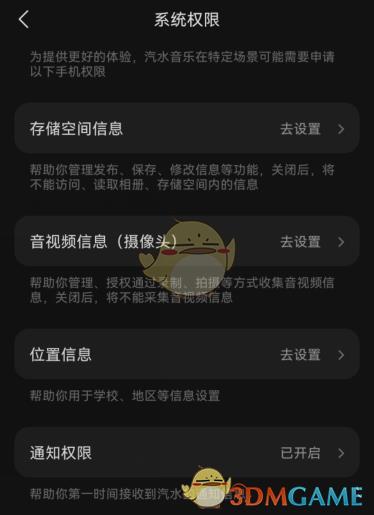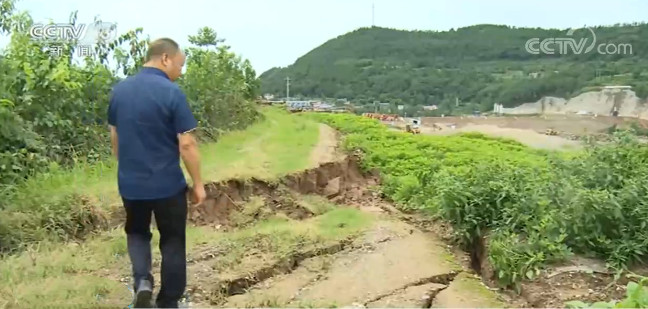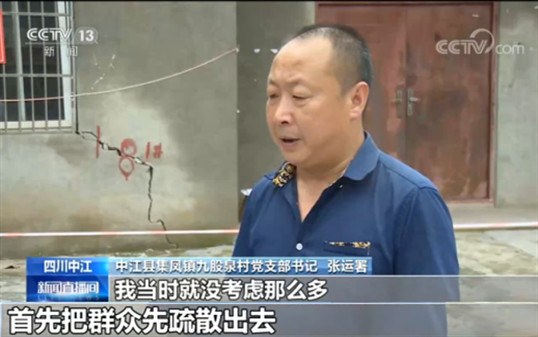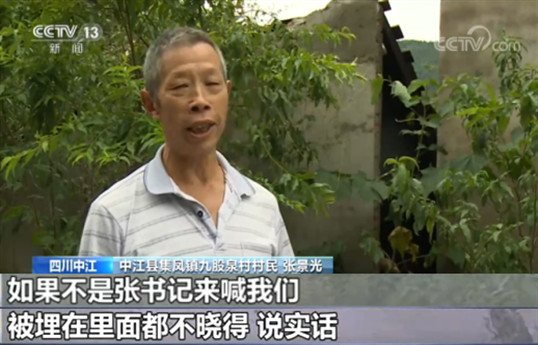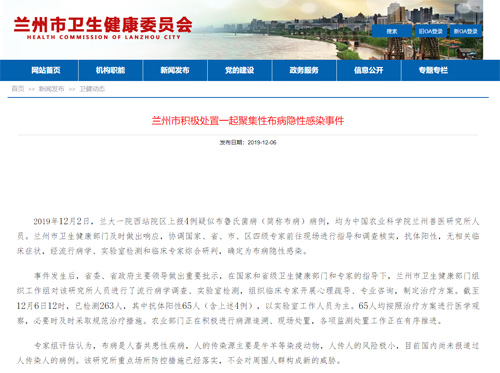
Good morning, friends! Today is Sunday, June 28th, 2020. Welcome to the morning newspaper time in the health field, and broadcast the fresh information of global health for you immediately!

【Dean of Tsinghua University Medical College responded that the paper was questioned for fraud.】
On June 27th, Chen Dong, dean of Tsinghua University Medical College and academician of Chinese Academy of Sciences, replied to China Newsweek that after a preliminary investigation, fraud was not established, some queries were caused by the questioner’s unfamiliarity with the research, and a few unintentional mistakes in using pictures were being revised in cooperation with the magazine. (China Newsweek)
[100,000 people can be inspected every day! Beijing "Huoyan" nucleic acid detection laboratory expansion]
According to media reports on the 26th, the first gas-film nucleic acid detection laboratory in Beijing is being expanded from 9 gas-film warehouses to 16 gas-film warehouses in Daxing District Sports Center Complex. After completion, the daily average detection capacity will be increased to 100,000 people, effectively alleviating the pressure of nucleic acid detection in Beijing. This laboratory is named "Eye of Fire", which is taken from the idiom "Eye of Fire", which means to identify viruses with top technology. [Click for details] (Beijing Daily)

[A case in Beijing was diagnosed after twice negative nucleic acid and antibody tests]
On June 27th, Pang Xinghuo, deputy director of Beijing Center for Disease Control and Prevention, introduced that 17 new cases of COVID-19 were confirmed in Beijing the day before. Among them, one case was diagnosed after twice negative nucleic acid and antibody tests. (People’s Daily)
 [India’s New Delhi Spiritual Center was transformed into "the world’s largest new crown hospital""】
[India’s New Delhi Spiritual Center was transformed into "the world’s largest new crown hospital""】
According to foreign media reports, the Rotosami Mental Center in New Delhi has been transformed into the "world’s largest" Covid-19 medical center, which can accommodate 10,000 patients. On June 26th, the hospital will put 2,000 beds into use, and by July 7th, all 10,000 beds will be put into use. It is reported that the center covers an area of 116,128 square meters and will be used as both an isolation center and a hospital. (Southern Weekly)

[The standard of medical institutions’ medical insurance deduction points was released and will be implemented on July 1st]
Recently, Hebei Provincial Medical Security Bureau has formulated the "Administrative Measures for Examination of Designated Medical Institutions of Medical Security at the Level of Hebei Province (Trial)". The contents of the assessment involving medical institutions’ implementation of medical security policies, medical security service agreements and service quality are scored according to data analysis and daily inspection results. The new regulations will be implemented on July 1. (official website, Hebei Medical Security Bureau)
[Tianjin: 157 drugs were transferred to medical insurance after 3 days]
A few days ago, Tianjin Medical Insurance Bureau issued the Notice on Publishing the First Batch of Excluded Varieties in Tianjin’s Current List of Non-national Medical Insurance Drugs. It is understood that there are 157 varieties in the first batch of rejected varieties in Tianjin, including 84 western medicines such as ribavirin, ephedrine, lentinan, Guhong injection, indapamide and metronidazole, and 73 Chinese patent medicines including Pien Tze Huang capsule, Bairui capsule, Shuqing granule, Ganpikang capsule and Kesuiting capsule. The Notice requires the first batch of rejected varieties to withdraw from the payment scope of basic medical insurance, industrial injury insurance and maternity insurance in Tianjin from July 1, 2020. (Tianjin Medical Security Bureau)

[Fast recovery of acupuncture anesthesia in Shanghai Yueyang Hospital benefits patients]
This week, two patients in Yueyang Hospital of Integrated Traditional Chinese and Western Medicine affiliated to Shanghai University of Traditional Chinese Medicine who underwent lung cancer resection without tracheal intubation were discharged, and one of them drove home by himself on the fifth day after operation. Acupuncture anesthesia, an original technique in China, has accelerated postoperative rehabilitation and once again created a new legend in the operating room. (Wen Wei Po)
[Cycling man fell unconscious, Shanghai female doctor passed by for emergency rescue]
According to media reports on the 27th, on the evening of June 26th, Binjiang Road, Lujiazui, Shanghai. A man suddenly fell down while riding and lost consciousness after hitting his head on the railing. A female doctor who was also riding fitness passed by and immediately stopped to rescue the man, leaving silently after he was innocent. (The Paper)
[More than 70,000 people in Beijing municipal hospitals all tested negative for nucleic acid]
Recently, the Beijing Hospital Management Center has implemented the requirement of "due diligence" for employees in medical and health institutions, and organized municipal hospitals to conduct nucleic acid tests on all on-the-job employees, such as employees inside and outside the staff, trainees, labor outsourcing personnel and students. As of June 26th, except for 1,514 people who were unable to take part in the test because of the closed community and isolation at home, aid and other reasons, all municipal hospital staff have completed the nucleic acid test. A total of 72,277 people were tested, and all the test results were negative. (Beijing Daily)

[China-Japan Friendship Hospital: There are new achievements in the combination of medical workers and workers! 】
The China-Japan Friendship Hospital was released yesterday. Professor Cui Yong and Professor Guo Xindong from beijing university of chemical technology College of Materials Science and Engineering, relying on the research platform of "China-Japan Friendship Hospital-beijing university of chemical technology Biomedical Transformation Engineering Research Center", successfully developed a new type of biodegradable polymer microneedles, which can increase drug permeability and improve drug efficacy by generating epidermal micropores. At present, 5 original research papers have been jointly published in SCI journals in the fields of materials science and translational medicine, and the scale productivity and industrialization system have been completed. (Official WeChat of China-Japan Friendship Hospital)
[WHO: It is planned to provide 2 billion doses of vaccine to the world by the end of 2021]
On June 26th, local time, WHO held a regular press conference in COVID-19 to introduce the operation of the "Access to COVID-19 Related Tools" accelerator. According to the plan, 500 million testing tools and 245 million courses of treatment will be provided to low-and middle-income countries by mid-2021, and 2 billion doses of vaccines will be provided to the world by the end of 2021. [Click for details] (CCTV News)

【 Another COVID-19 vaccine in China has entered clinical trials! Different from the previous technical route]
The Institute of Microbiology of China Academy of Sciences reported on 26th that the COVID-19 recombinant protein vaccine jointly developed by its research team and Anhui Zhifeilong Kema Biopharmaceutical Co., Ltd. has been approved by National Medical Products Administration recently and entered clinical trials. This is another new technical route to develop COVID-19 vaccine in China after two types of vaccines, adenovirus vector vaccine and inactivated vaccine, entered clinical trials. (China Youth Daily)
[The scale of biomedical industry in Xiamen is expected to exceed 150 billion yuan by 2025]
Recently, Xiamen City put forward the development goals, development priorities and a series of industrial policies of the biomedical industry in Xiamen at the meeting of the city’s biomedical innovation and development. Among them, it is clear that by 2025, the scale of biomedical industry in the city will exceed 150 billion yuan, and a number of leading enterprises with independent intellectual property rights and well-known brands will be cultivated, with more than 500 state-level high-tech enterprises, becoming a national strategic emerging industry demonstration cluster and a unique biomedical industry innovation center. (China Pharmaceutical Network)

[Burns: At present, half of the new cases in the United States are under the age of 35, which is good news]
On 26th, US Vice President Burns said at the White House briefing on the COVID-19 epidemic that day that the increase of the epidemic was due to the increased detection capability of the United States. He also said, "At present, half of the new cases are Americans under the age of 35, which is good news because young people are less likely to get seriously ill." (People’s Daily)
[Spain detected Covid-19 from wastewater samples in March last year]
The University of Barcelona announced on the 26th that a research team led by the university detected Covid-19 in the wastewater samples collected in Barcelona last March. According to the announcement, the researchers of the Enterovirus Group of the University of Barcelona tested the local wastewater samples and found that Covid-19 had been found in the wastewater collected on March 12 last year. Previously, the researchers of the group had detected the existence of Covid-19 in the wastewater samples collected on January 15 this year. (xinhuanet)
Today’s global health information is broadcast here for you. Welcome to download the health community APP to get more valuable information. See you tomorrow!


